9 Popular Interior Design Styles
Modern, industrial, shabby chic….and the list goes on. A significant challenge many of our clients face is a lack of understanding or vocabulary to describe and define their personal interior design style. With an abundance of unique design styles, it can be daunting to decipher which style will work best for you. Some also enjoy combining elements of several styles to create their ideal look.
A great starting point for an interior design project is to learn a bit about each of the styles and how they differ from one another.
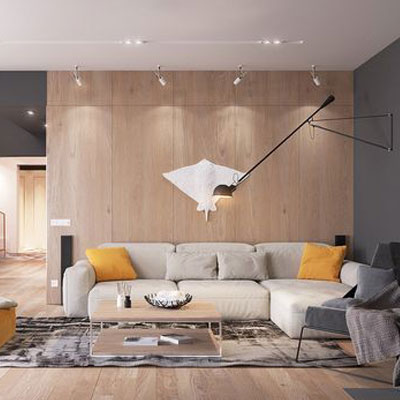
MODERN: Modern is a broad design term that typically refers to a home with clean, crisp lines, a simple colour palette and the use of materials that can include metal, glass and steel. Modern design employs a sense of simplicity in every element, including furniture. A word that’s commonly used to describe modern style is sleek, and there is not a lot of clutter or accessories involved with a modern style.
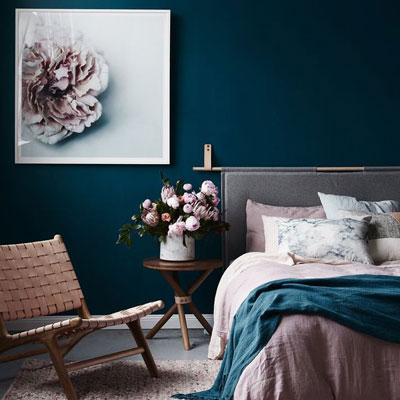
CONTEMPORARY: Modern and contemporary are two styles frequently used interchangeably. Contemporary is different from modern because it describes design based on the here and now. The primary difference separating modern and contemporary design style is that modern is a strict interpretation of design that started in the 20th century. Contemporary on the other hand, is more fluid and can represent a sense of currency with less adherence to one particular style. For example, contemporary style may include curving lines, whereas modern design does not.
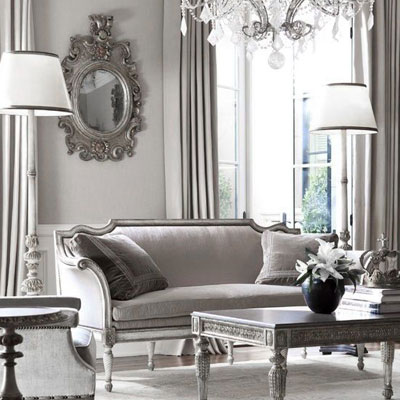
TRADITIONAL: Traditional design style offers classic details, sumptuous furnishings, and an abundance of accessories. Traditional homes often feature dark, finished wood, rich colour palettes, and a variety of textures and curved lines. Furnishings have elaborate and ornate details and fabrics, like velvet, silk and brocade, which may include a variety of patterns and textures. There’s depth, layering and dimensionality within most traditional designs.

TRANSITIONAL: Transitional is a very popular style because it borrows from both traditional and modern design to facilitate a space that’s not “too much,” in terms of one style or another. There’s a sense of balance that’s appealing and unexpected.A transitional design may incorporate modern materials, such as steel and glass, and then unite them with plush furnishings.Transitional design also includes relatively neutral colour palettes, creating a calming and relaxed space that manages to feel both stylish and sleek, as well as warm and inviting.
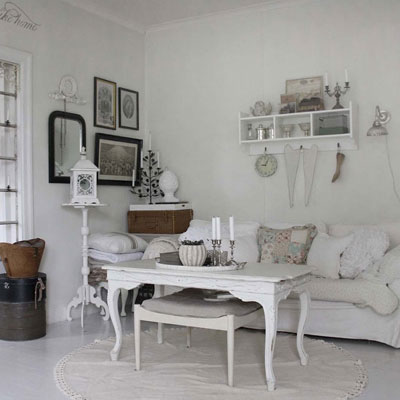
SHABBY CHIC: Shabby chic is vintage-inspired style, but compared to Bohemian and other styles, tends to be more feminine, soft and delicate. Shabby chic furnishings are often either distressed or appear that way; paint tends to have antique-style finishes. The Shabby Chic colour palettes include white, cream and pastels. Light light fixture and wall hangings may be ornate and continue the feminine vibe of shabby chic design.
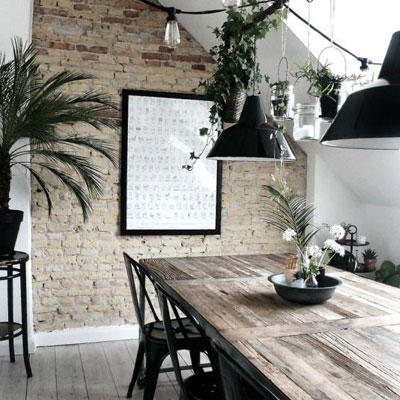
RUSTIC: Rustic design is drawn from natural inspiration, using raw and often unfinished elements including wood and stone. Rustic design may incorporate accessories from the outdoors with warmth emulating from the design and architectural details that may include features like vaulted ceilings adorned with wood beams or reclaimed wood floors. Many designs now integrate rustic design with more modern furnishings and accessories.
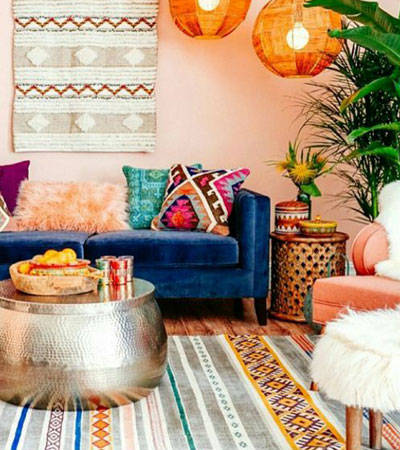
BOHEMIAN: Bohemian is a popular style for home design and fashion. It reflects a carefree lifestyle with little rules, except to follow your hearts desire. Bohemian homes may include vintage furniture and light fixtures, globally inspired textiles and rugs, displays of collections, and items found in widely varied sources including flea markets and during one’s travels. It’s not uncommon to spot floor pillows and comfortable seating spaces when incorporating the bohemian style. This eclectic style can incorporate an ultra-glam chandelier paired with a well-worn rug and a mid-century chair. Within the Bohemian style, there’s a laissez-faire attitude where anything goes as long as you love it.
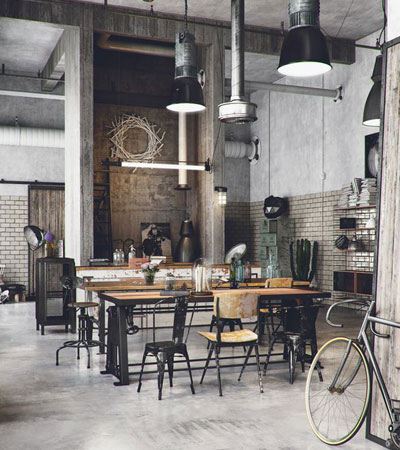
INDUSTRIAL: Industrial style as the name implies, draws inspiration from a warehouse or an urban loft. There’s a sense of unfinished rawness in many of the elements, and it’s not uncommon to see exposed brick, ductwork and wood. An iconic home with an industrial design theme would be a renovated loft from a former industrial building. Think high ceilings, old timber and dangling metal light fixtures with sparse functional furniture. There may possibly be one or two pieces of abstract art or photography to add a dash of colour to an otherwise neutral colour scheme derived from the primary materials of wood and metals.
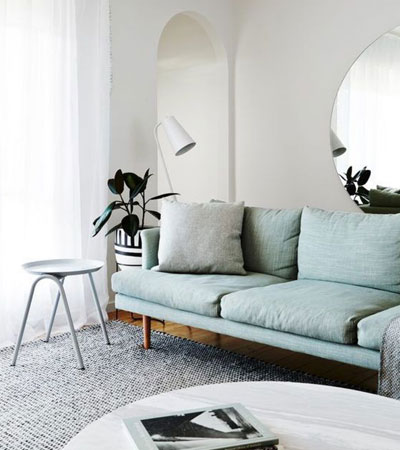
MINIMALIST : The minimalist concept is one that’s popular. It takes notions of modern design and simplifies them further. Colour palettes are neutral and airy; furnishings are simple and streamlined, and nothing is excessive in accessories or décor. Minimalism is ultimately defined by a sense of functionality and ultra-clean lines.



